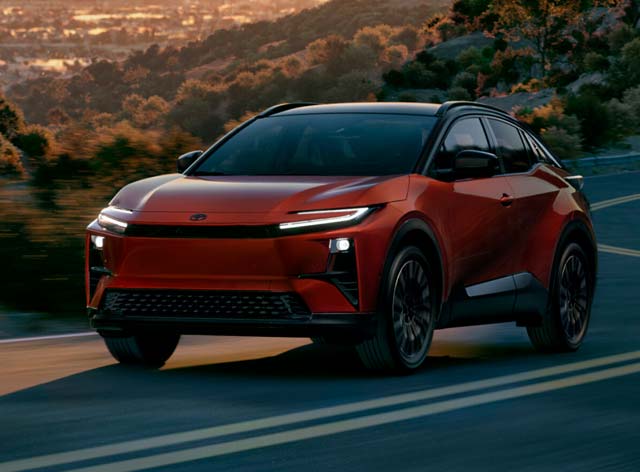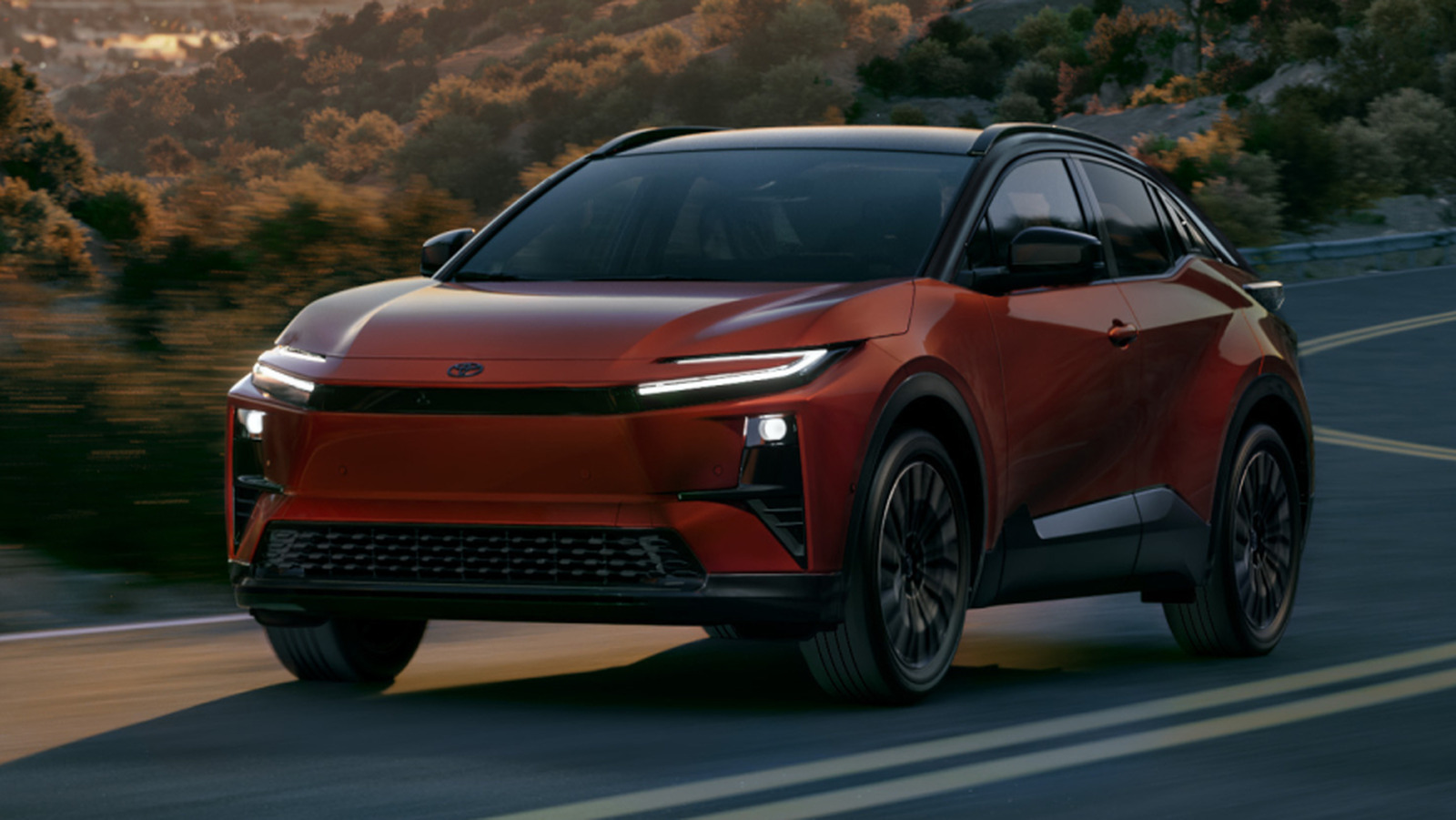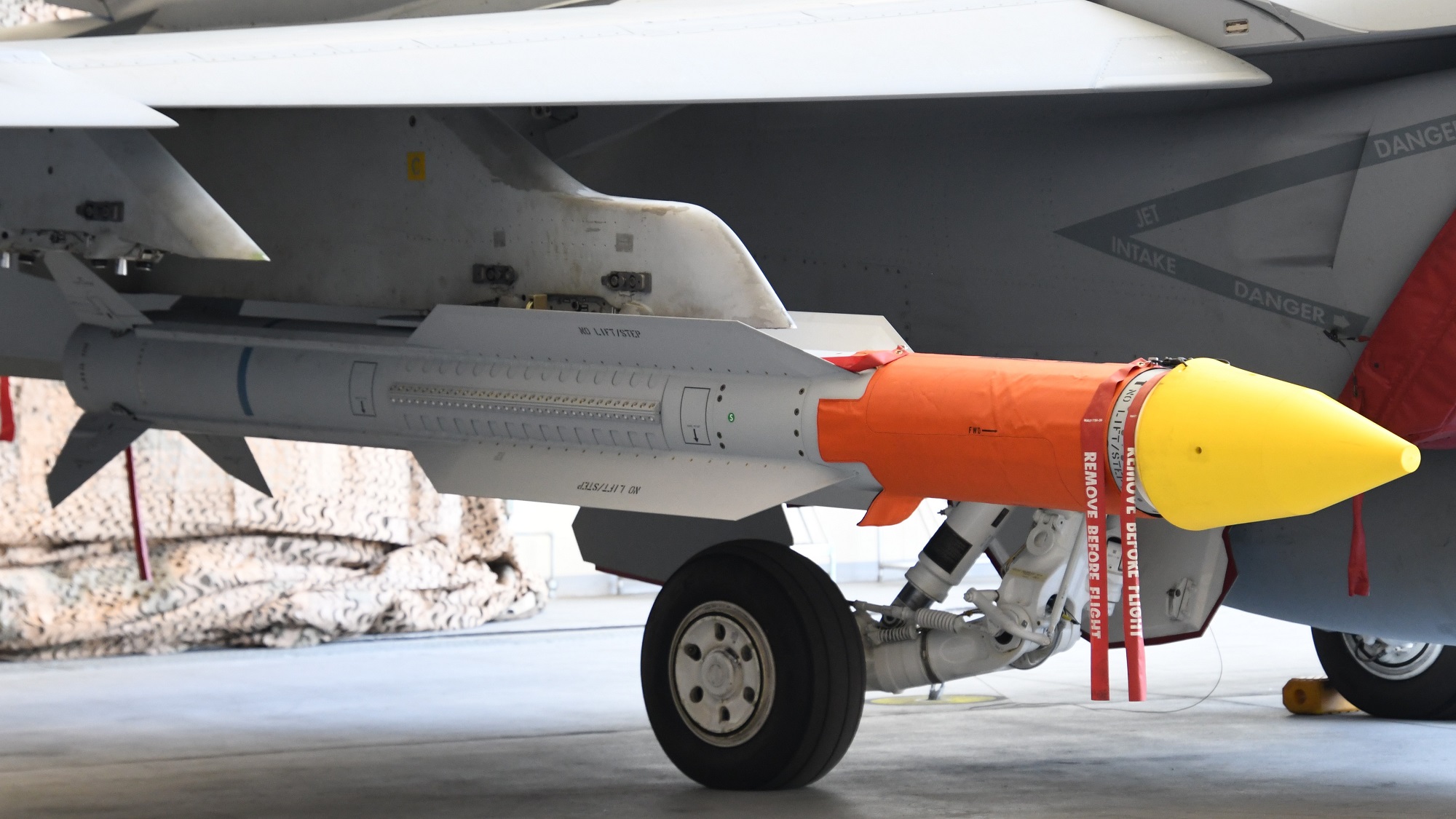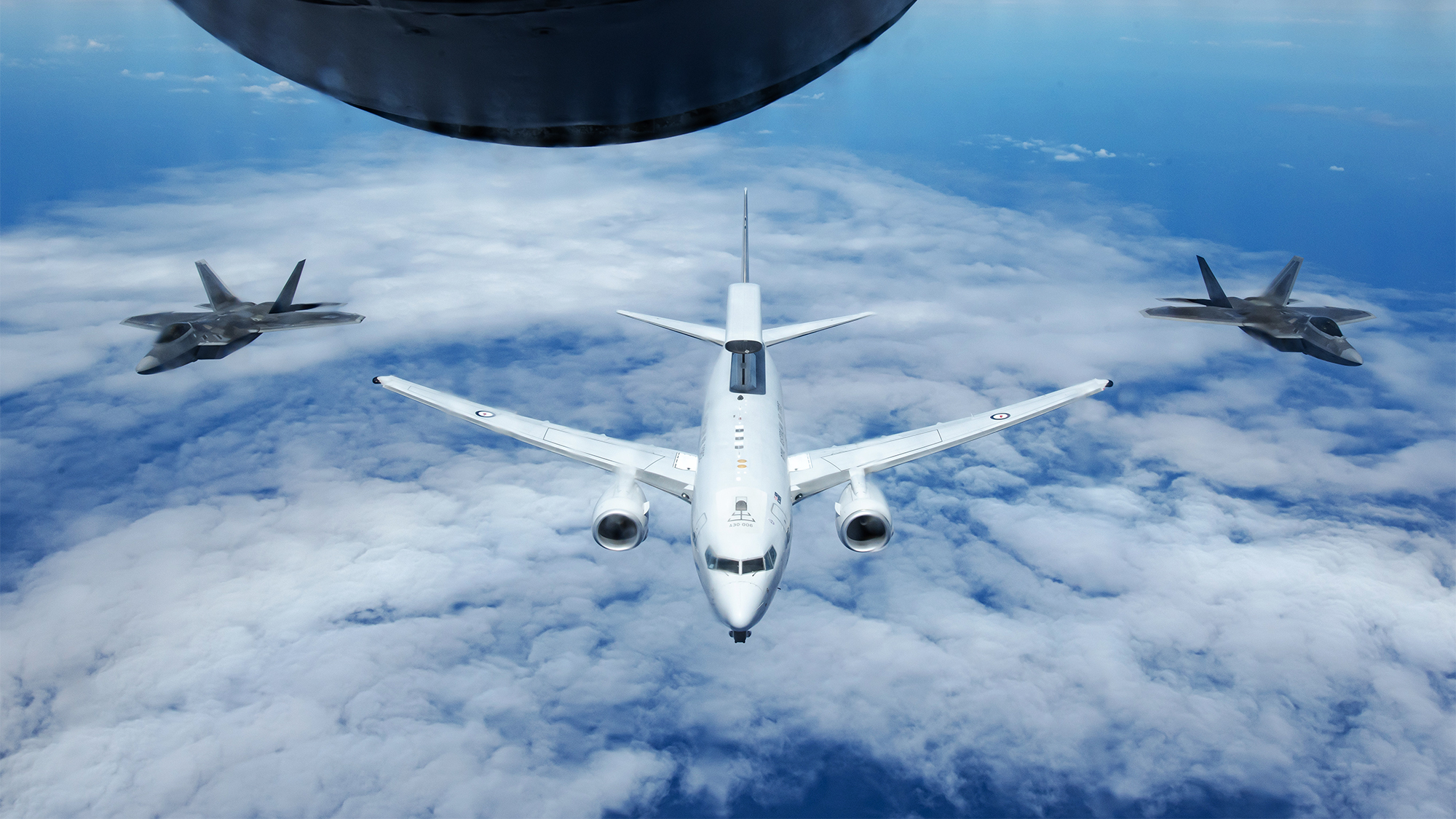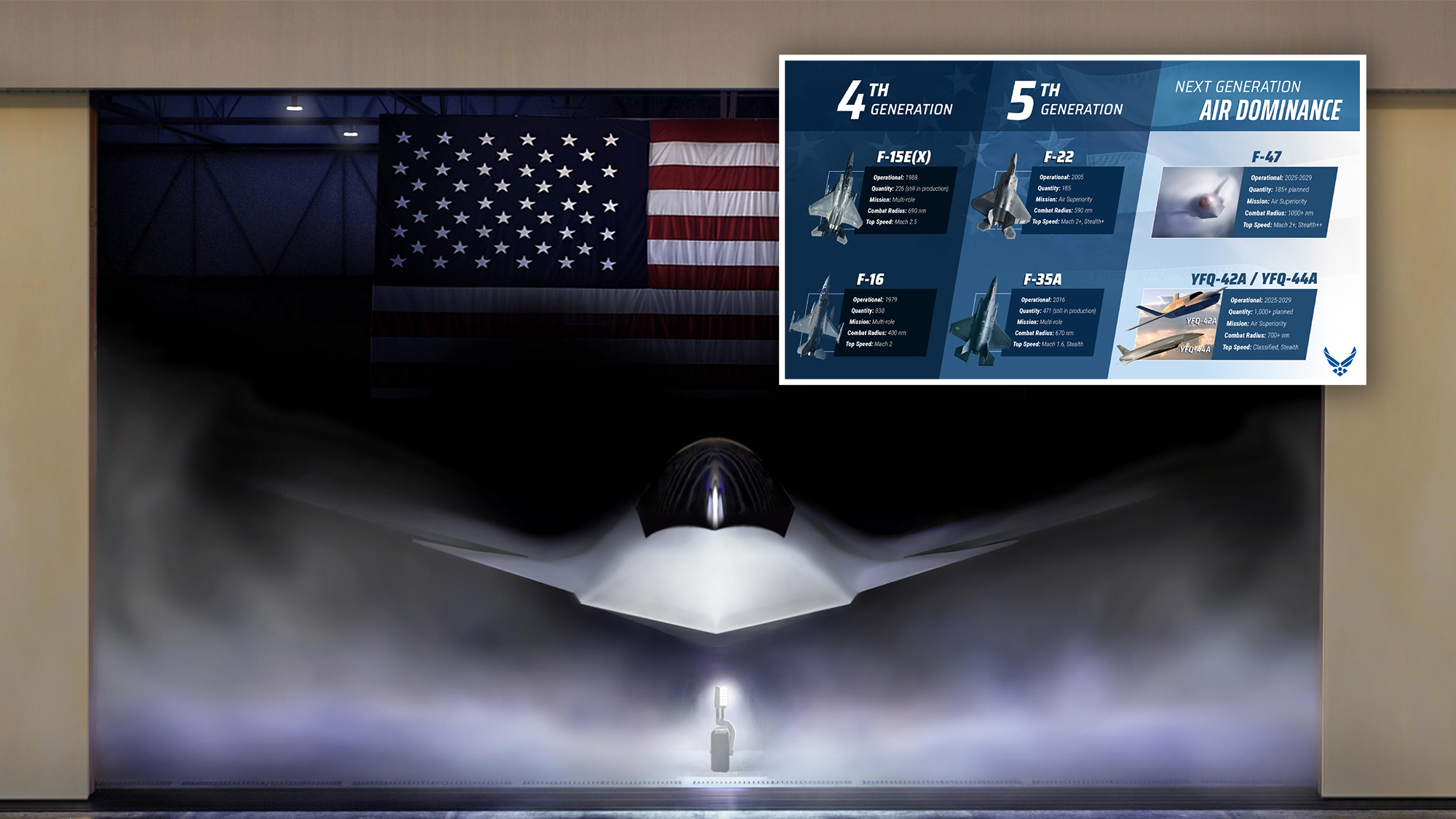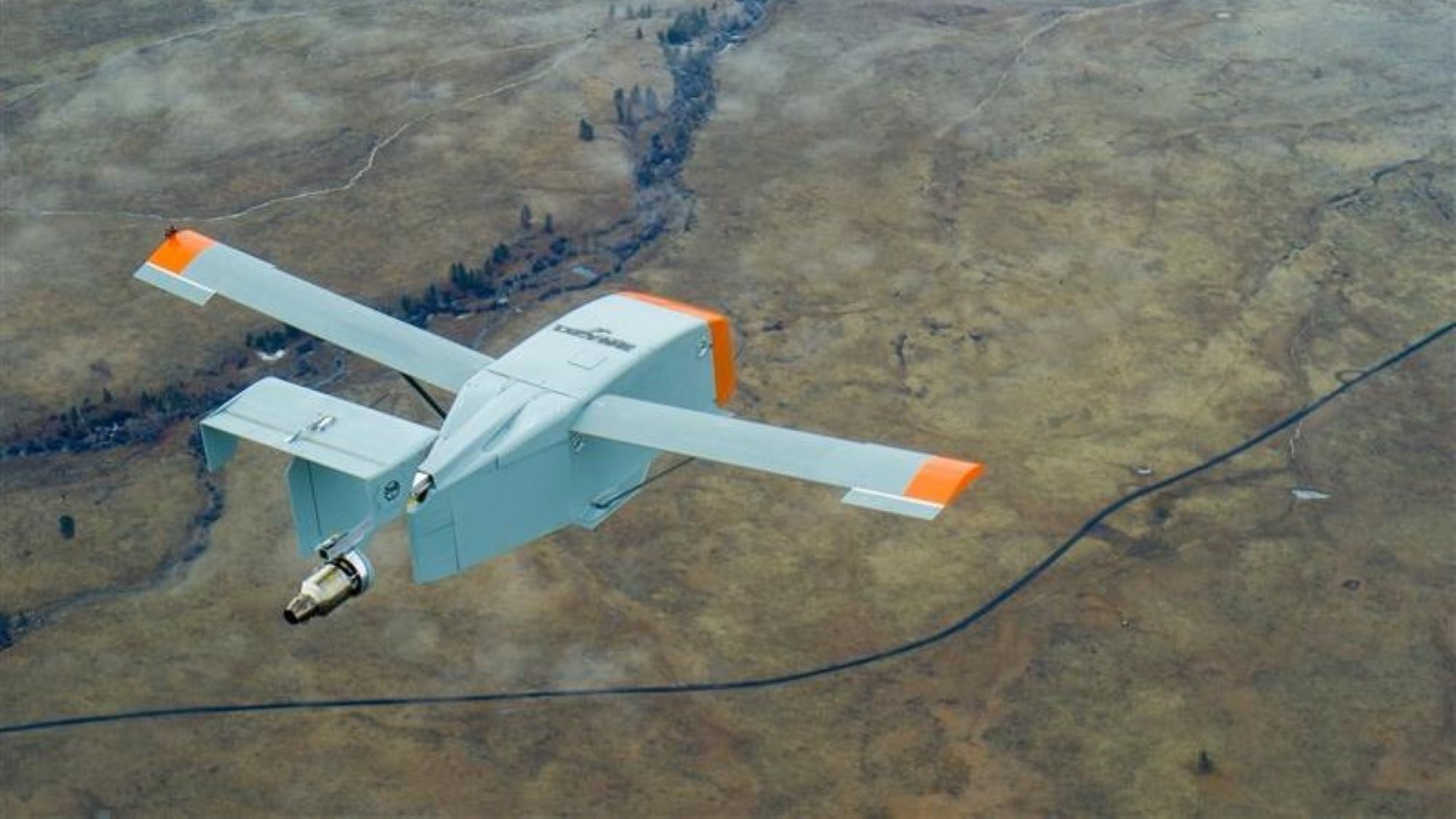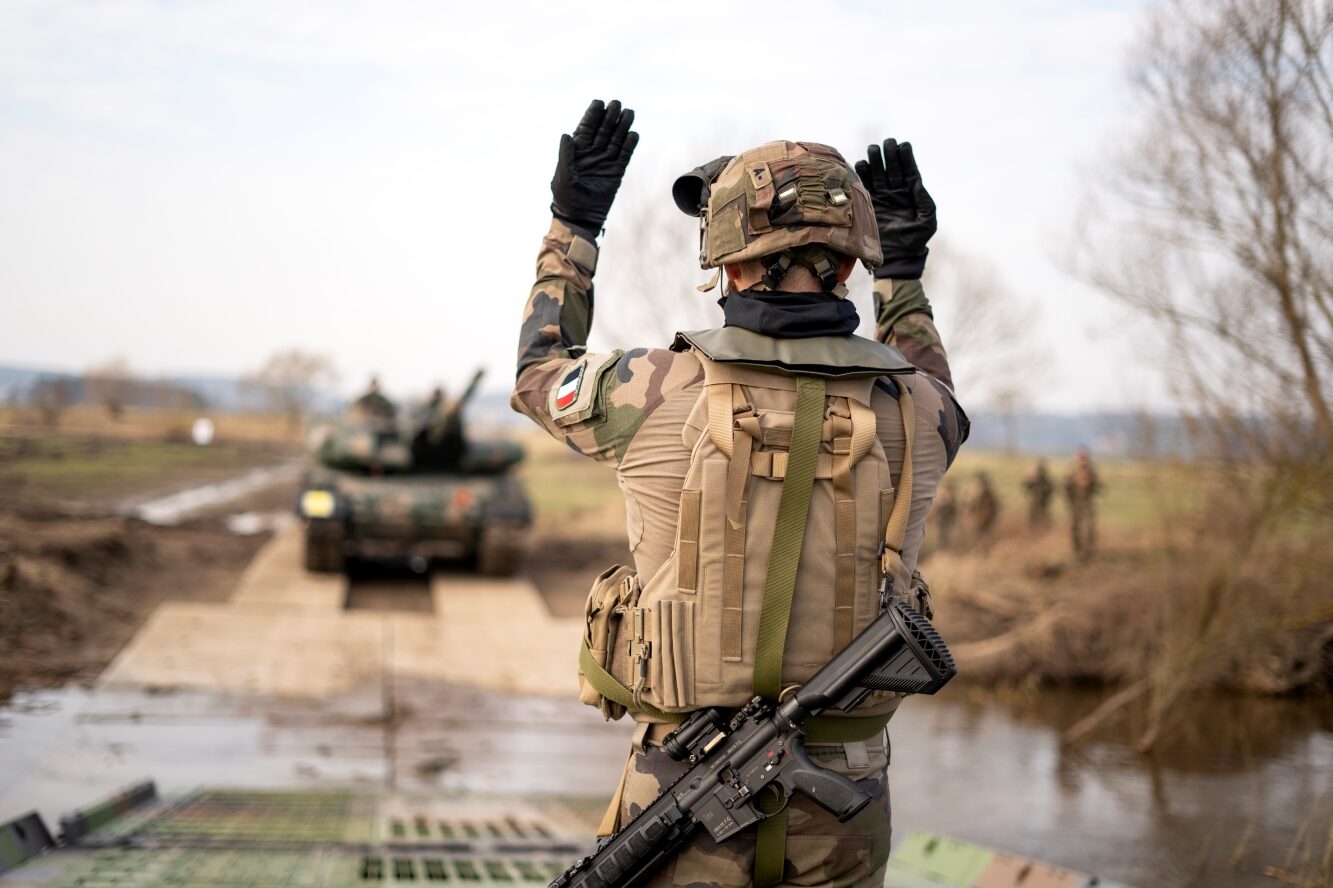Top SASC Dem skeptical that Air Force fields F-47 in ‘two or three years’
“I would be very pleased but very surprised that they could deliver within two or three years,” said Sen. Jack Reed, the ranking Democrat on the Senate Armed Services Committee.


A screengrab from a US Air Force video shows an artist rendering of the F-47, produced by Boeing. (US Air Force)
WASHINGTON — The top Democrat on the Senate Armed Services Committee registered some skepticism today that the Air Force will be able to put its new F-47 sixth generation fighter jet into operations in the next few years, as the service suggested in a social media post.
Air Force Chief of Staff Gen. David Allvin on Tuesday posted an infographic on X that showed that the Boeing-made F-47 would become operational somewhere between 2025 to 2029. During a roundtable with reporters this morning, Sen. Jack Reed, D-R.I., acknowledged that the previous Air Force leaders have already put in a lot of work maturing the sixth-generation fighter, but said he would be “surprised” if it was “rolled out operationally in two years.”
“I would be very pleased but very surprised that they could deliver within two or three years,” he said. One contributing factor, he added, is the defense industrial base being “not as robust as it was many years ago.”
When asked about the infographic, an Air Force official told Breaking Defense, “The F-47 will fly during this Administration,” but did not provide clarification on when the aircraft would formally become operational. The service has previously pegged that development to the early 2030s.
President Donald Trump in March announced that Boeing had beat Lockheed Martin to win the F-47 program, then referred to as Next Generation Air Dominance.
Over the past decade of planning and development, the Air Force has said very little about the classified program, describing it as a long-range stealth fighter designed to meet advanced Chinese threats.
The infographic posted by Allvin provides the most comprehensive F-47 specifications yet, although they are still likely broad enough to conceal the aircraft’s true capabilities.
Our @usairforce will continue to be the world’s best example of speed, agility, and lethality. Modernization means fielding a collection of assets that provide unique dilemmas for adversaries—matching capabilities to threats—while keeping us on the right side of the cost curve. pic.twitter.com/vqjxCdBYid
— General David Allvin (@OfficialCSAF) May 13, 2025
According to the graphic, the F-47 will have a combat radius of more than 1,000 nautical miles — significantly farther than current fourth- and fifth-generation fighters, where F-15EX has the largest range at 690 nautical miles. The Air Force will buy at least 185 aircraft, the graphic notes, matching the number of F-22s in its inventory.
The F-47’s top speed will be “Mach 2+,” the same value used to describe the F-22 Raptor. Perhaps most interestingly — or confusingly — the graphic describes the F-47 as having “Stealth++” compared to the F-35’s “Stealth” and F-22’s “Stealth+” capabilities, but it is unclear exactly what advancements will contribute to the F-47s ability to hide from enemy threats.
Praise for ‘Imaginative’ Army Transformation Plan
During the roundtable, Reed, a former Army soldier and West Point graduate, was also asked about the Army’s new transformation effort. The service has announced controversial changes including the cancelation of the M10 Booker and Robotic Combat Vehicle, while ending Army procurement of the Joint Light Tactical Vehicle and Humvee. The plan also calls for the service to combine Army Futures Command and Training and Doctrine Command, as well as other reductions to certain formations, including armor and helicopter units.
While the plan will “get a very thorough review” by lawmakers, Reed praised Army leaders for putting forward an “imaginative” proposal that doesn’t just double down on current programs regardless of changes in the threat environment.
“A lot of what the Army is doing, and I think it has a lot of merit, is looking at the recent conflict in Ukraine, looking at other battles, and saying we don’t need some of these large vehicles any longer, for example. What we need is very agile, maneuverable groups,” he said.
At the same time, it’s by no means certain that the Army’s plan will be greenlit by Congress, as it’s likely that some lawmakers will try to protect weapons programs that are in their home states, Reed added.
“There are cultures within the military that don’t like to give up anything. And they have friends in Congress, so I have a feeling there will be struggle over some of these systems,” he said.
Lawmakers have largely refrained from explicit endorsements or criticisms of the transformation initiative, as they wait for the Army to provide more details about its plan, including changes to its budget outlook, a House aide told Breaking Defense last week.
However, there are already concerns swirling that the Army’s decision to stop buying JLTVs and Humvees could “spike” the unit cost of the vehicles for the Marine Corps and other buyers — thus reducing their purchasing power during a budget year where defense discretionary spending is expected to be flat, the aide said.
























